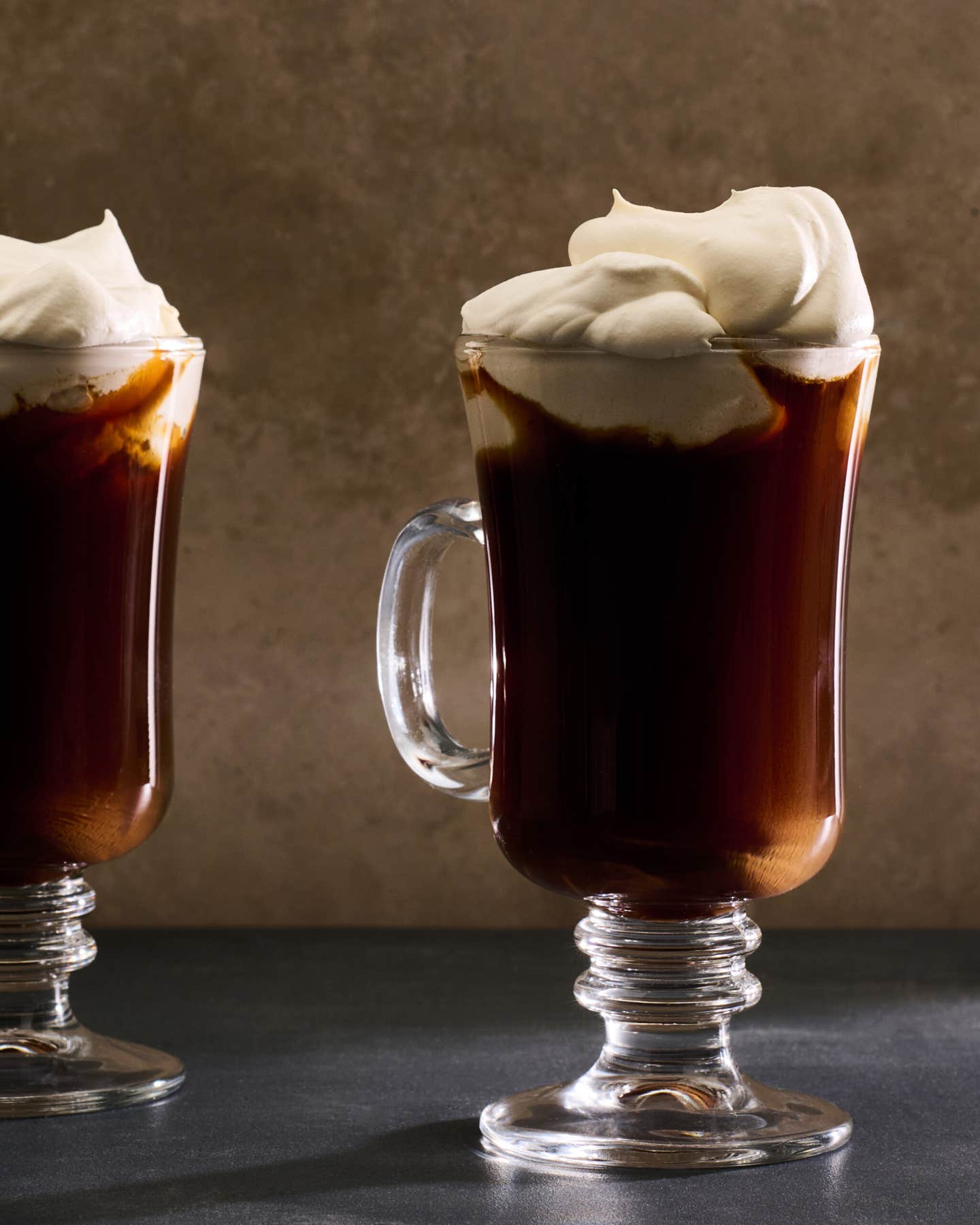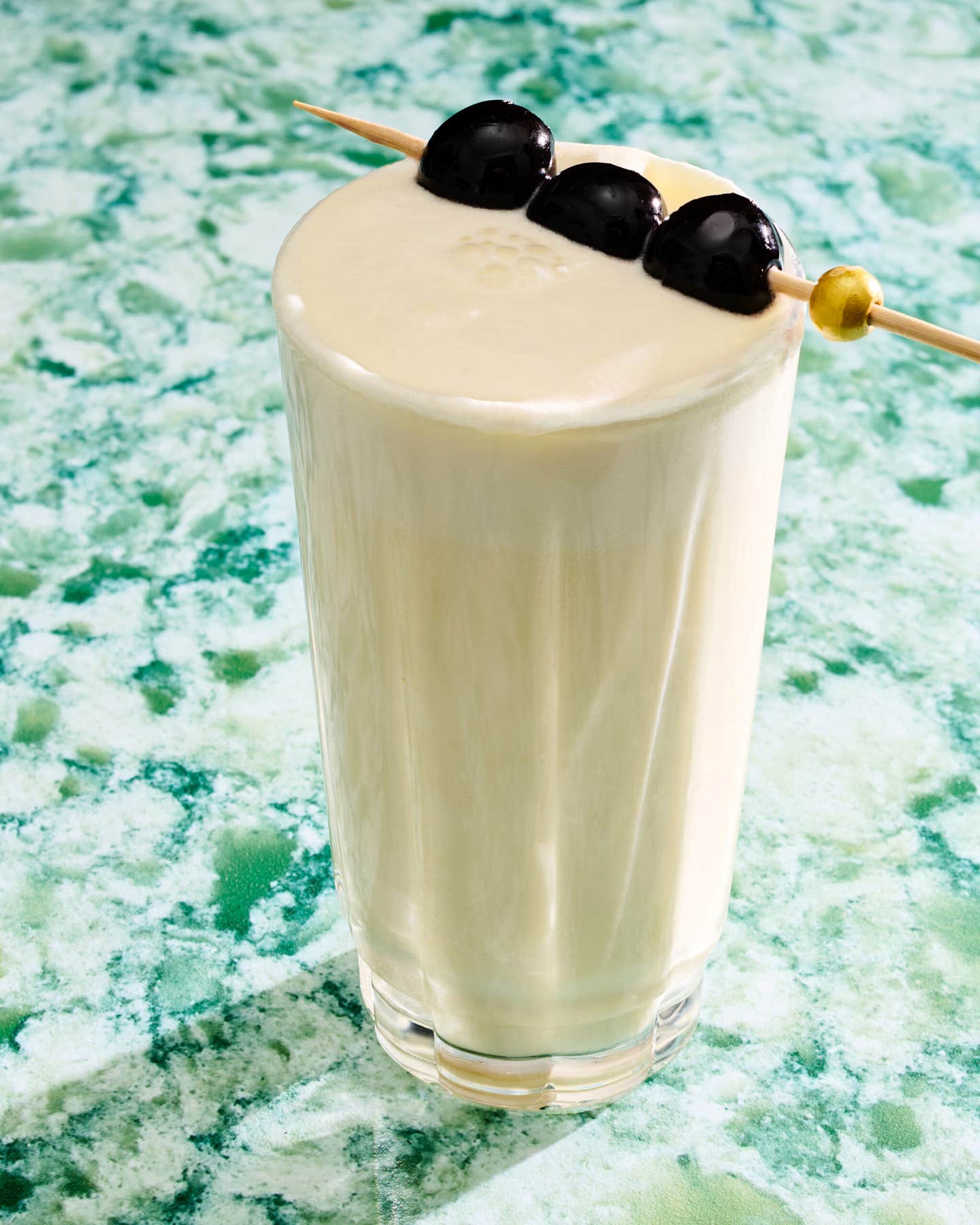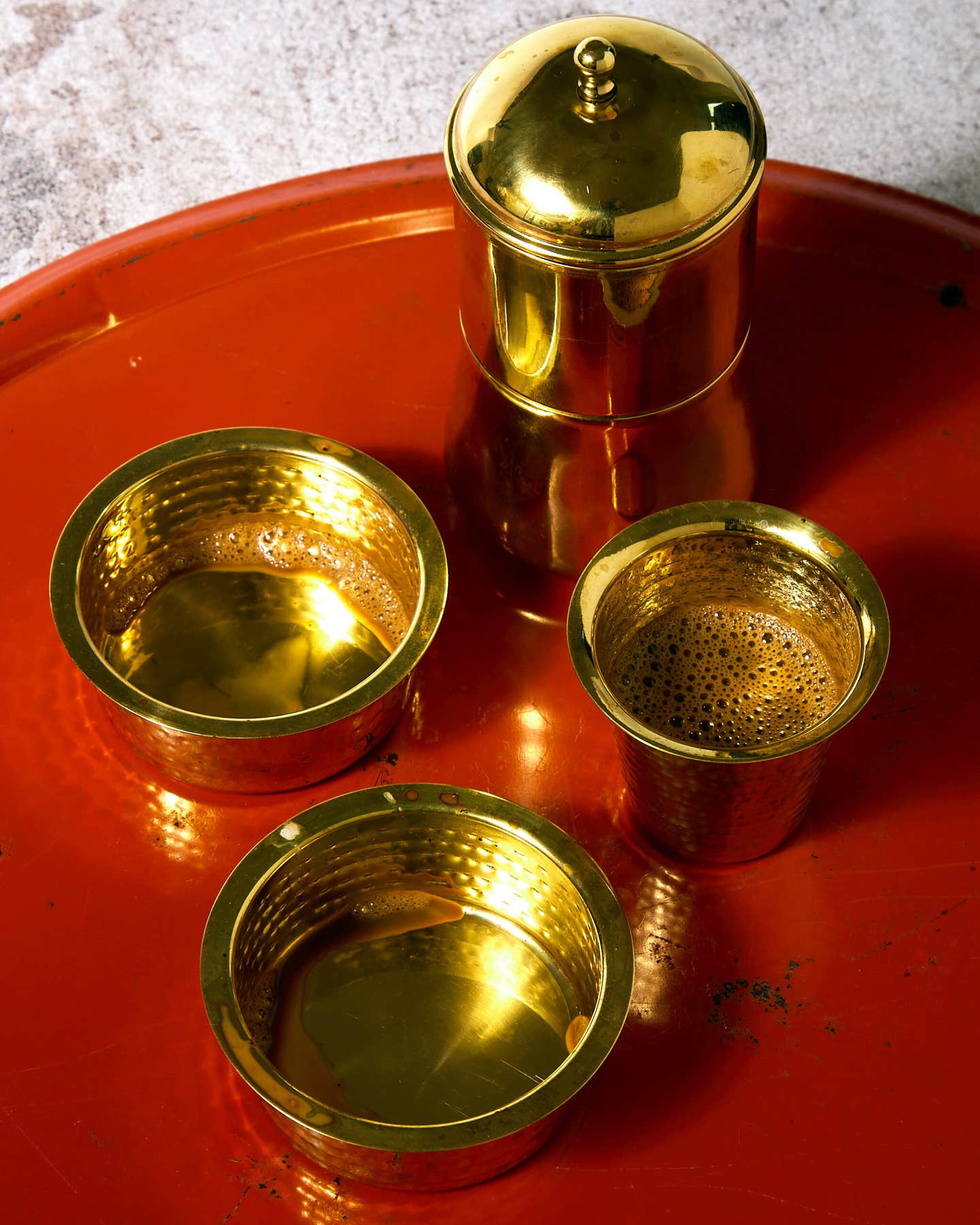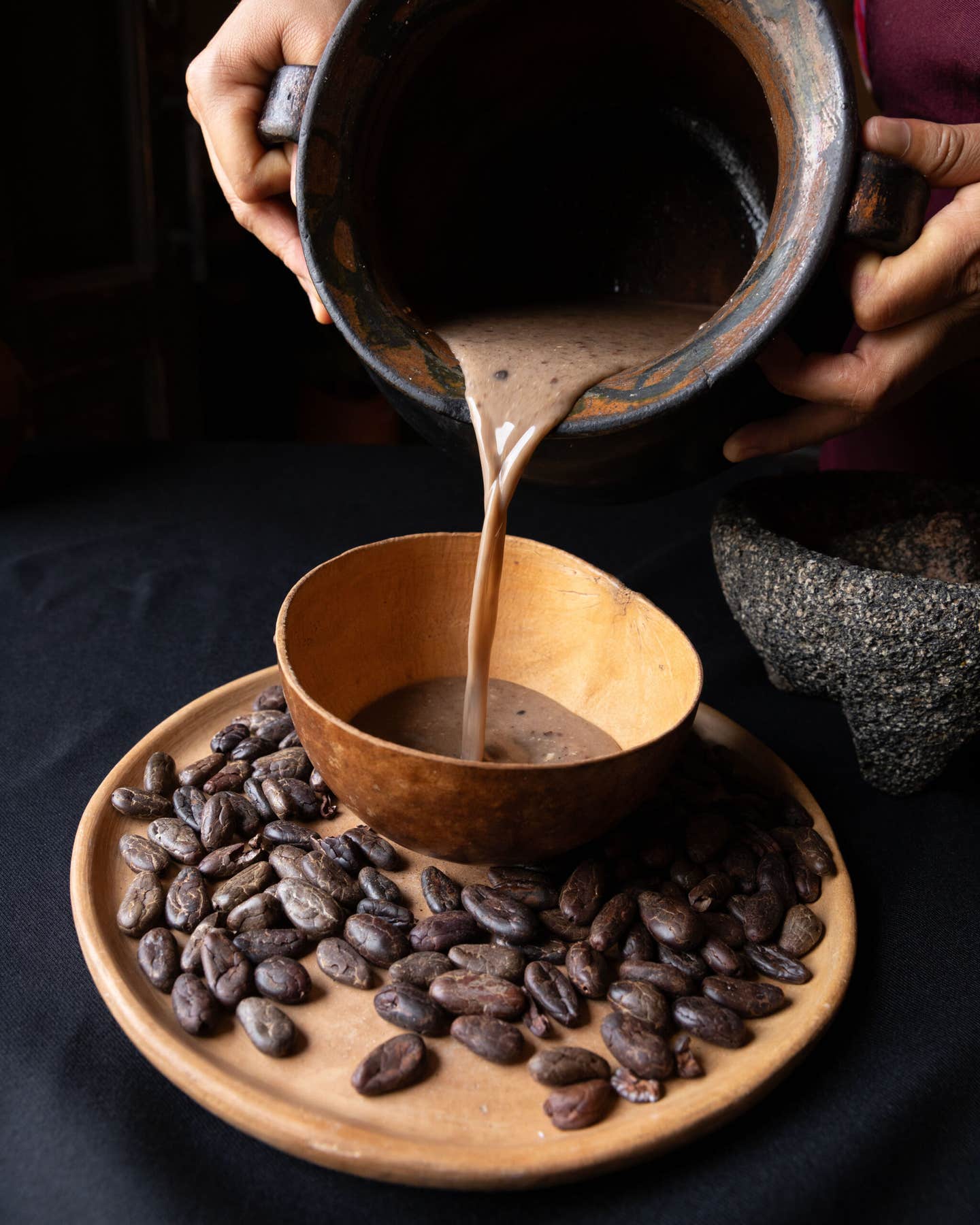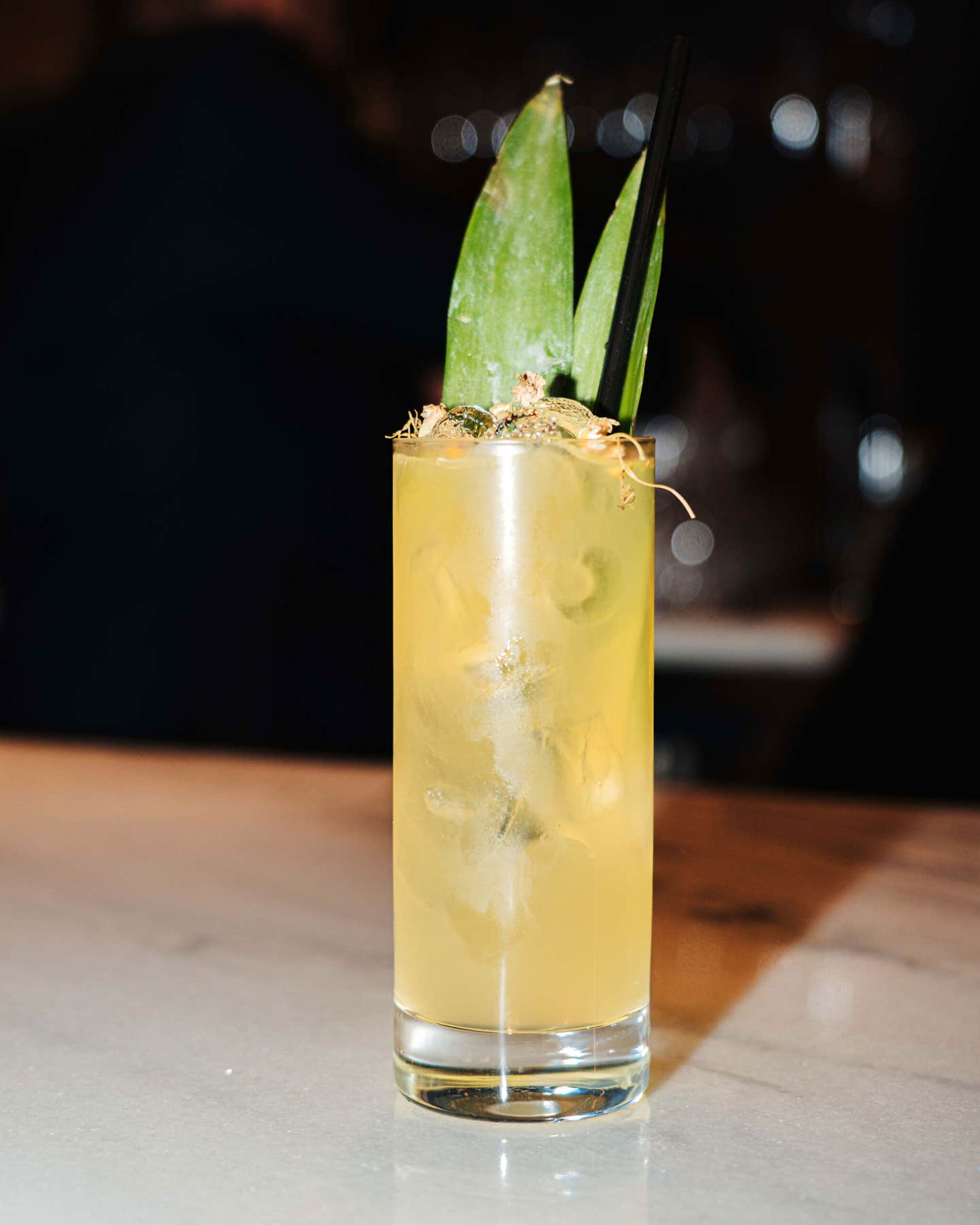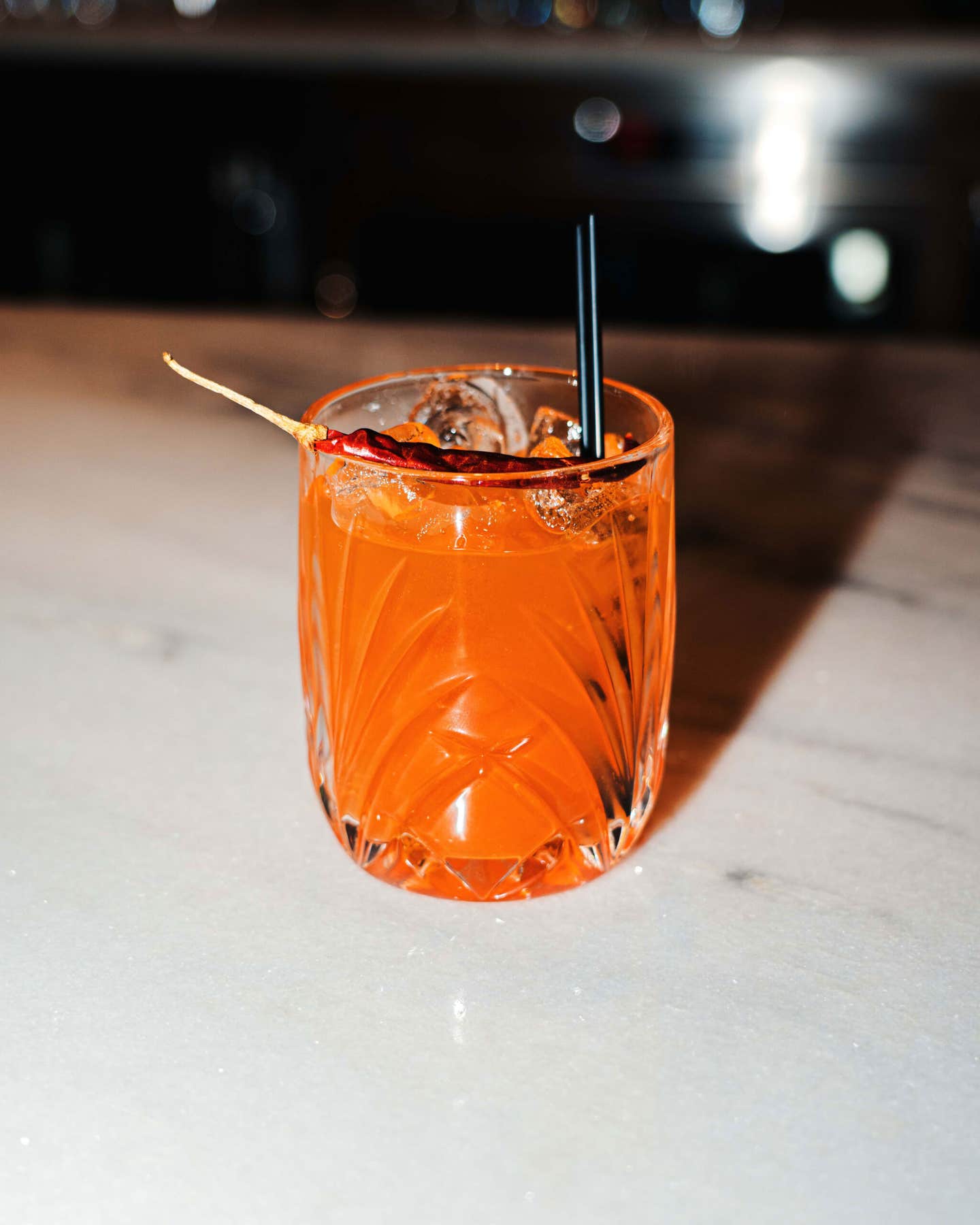
Chill Factor
Drinking the wines made in and around the little French town of Chablis can be an eye-opening experience for devotees of chardonnay. Even if these taut, crisp wines, made exclusively from that grape, are drunk unchilled, they somehow manage to provoke a pleasant shiver on the palate._
_
Located some 110 miles southeast of Paris, Chablis is the farthest north that chardonnay can yield good still wines. As a result, true chablis has little in common with the blowsy, tropical-flavored, and often oak-dominated chardonnays made in other parts of the world. Nor does it much resemble the famously elegant chardonnay wines of Burgundy's Cote d'Or—meursault, montrachet, and the like—which entice with their sensuous warmth and richness. Great chablis certainly can be powerful, but there is never anything lush about it. Instead, its strength is somewhat aloof._
_
The source of that strength lies in the winemakers' acumen, to be sure, but also in the earth. Chablis sits on a band of Cretaceous limestone, the far side of which emerges across the English Channel in Dover's cliffs and Dorset's chalky hills. Composed largely of fossilized shells, the soil contains a multitude of minerals, and because it's porous, it permits the vine roots to penetrate the cool, damp depths. The grapes these vines produce are made into wines that often display a vaguely metallic or stony character, a taste that locals sometimes describe as pierre de fusil, or gunflint._
_
Good chablis is slow to develop, both in the bottle and in the glass. It needs time to reveal its complexity and, with the exception of the oldest vintages, is one of the few whites that benefit from decanting. Grand cru chablis, from prized south-facing slopes, is the most tightly wound but also the most profound, and it gains character with a good five to ten years in the bottle. Bottles labeled premier cru need a bit less time; those labeled village even less. When exposed to air, even very young chablis can taste regal: dry, with citrus- or apple-tinged flavors, a hint of dairy in the bouquet, and a steely finish. Especially when compared with other chardonnays, chablis stands coolly above the fray.
Keep Reading
Continue to Next Story



